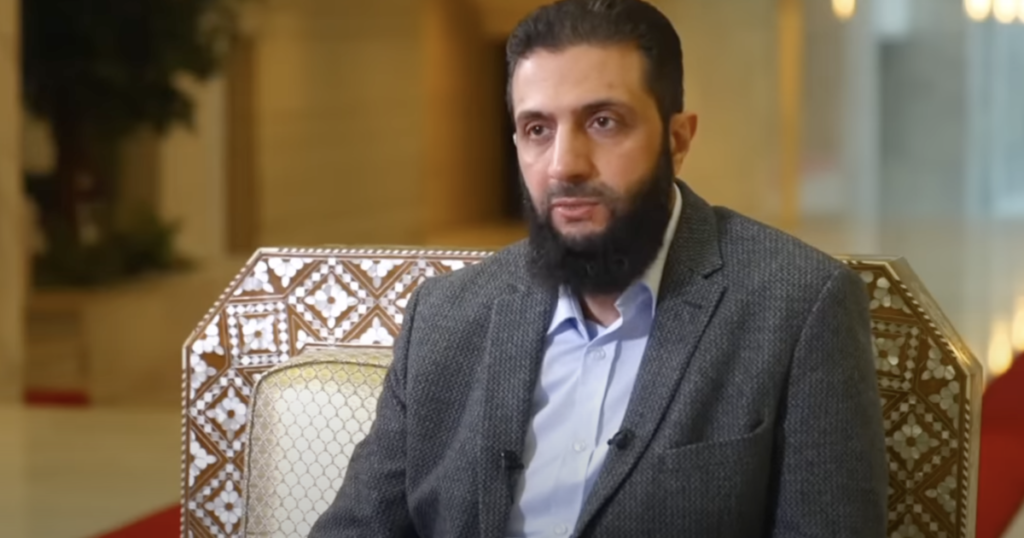Abu Mohammad al-Jolani, the leader of the jihadist group Hayat Tahrir al-Sham (HTS), is poised to see the U.S. government lift a $10 million bounty on his head, a move indicative of changing U.S. dynamics in Syria. This decision coincides with al-Jolani’s first direct negotiations with U.S. diplomats in Damascus, marking a significant shift in the geopolitical landscape of the region. With al-Jolani, who has reverted to his birth name of Ahmed al-Sharaa, at the helm, HTS has emerged as a dominant force following the instability that befell Syrian President Bashar al-Assad’s regime. Their control spans crucial territories within Syria, including the capital city, Damascus, highlighting their influence even in this fragmented landscape.
Al-Jolani’s complex relationship with al-Qaeda and the broader implications for governance, stability, and the true motives of HTS present a paradox. He has attempted to portray himself as a pragmatic leader, distancing himself from his previous image as a terrorist commander. The skepticism surrounding his transformation raises important questions about the future of governance in regions controlled by HTS, particularly as power is shared with other factions like the Syrian National Army (SNA), which operates primarily in northern Syria. Although he seeks to position HTS more favorably in the eyes of the international community, the internal divisions throughout Syrian territory complicate this narrative.
The lifting of the bounty signifies a willingness by the Biden administration to engage with a new leadership in Syria. U.S. State Department officials maintain a dual approach, as they simultaneously continue to classify HTS as a terrorist organization even while opening diplomatic channels with al-Jolani. During a recent meeting, Barbara Leaf, the top Middle East official for the State Department, expressed optimism about their discussions, suggesting al-Jolani had made statements indicating a readiness to eliminate threats from terrorist groups in Syria. Leaf emphasized that U.S. engagement with him would focus on actionable changes rather than mere rhetoric and highlighted al-Jolani’s moderate proposals for equal rights.
Public opinion on the Biden administration’s decision contains a mixture of hope and suspicion. Some political figures, like Representative Thomas Massie from Kentucky, have raised concerns about U.S. involvement in orchestrating regime change in Syria. Massie alleges that the surge of events leading to the downfall of Assad was no mere coincidence but rather a sequence choreographed by powerful interests within the U.S. government. His assertion that the U.S. ‘deep state’ played a role in the sequence of events alleges that the administration’s decisions are part of an overarching strategy for geopolitical dominance rather than a genuine attempt at diplomacy.
This narrative of intention raises pressing questions about the efficacy of U.S. foreign policy in the region. If allegations of the Biden administration facilitating regime change are accurate, it insinuates that Washington’s engagement with al-Jolani may not stem from a commitment to regional stability but rather a calculated move within a larger strategy. Political commentators are left grappling with the validity of al-Jolani’s claims of moderation when juxtaposed against the backdrop of HTS’s historical associations and objectives, leading to concerns about the potential repercussions of renewed relations with a group characterized as terrorist.
Ultimately, the unfolding story of al-Jolani, HTS, and U.S. foreign policy reflects the complexity of the Syrian conflict and the convoluted web of alliances and enmities that characterize it. As the Biden administration adjusts its approach, the international community watches closely for tangible results from these new diplomatic efforts, which remain shadowed by skepticism regarding al-Jolani’s true intentions and the potential for an evolving balance of power in Syria. The dialogue about the future of HTS may influence wider regional dynamics while also revealing the underlying tensions between U.S. objectives and the realities on the ground in Syria.

